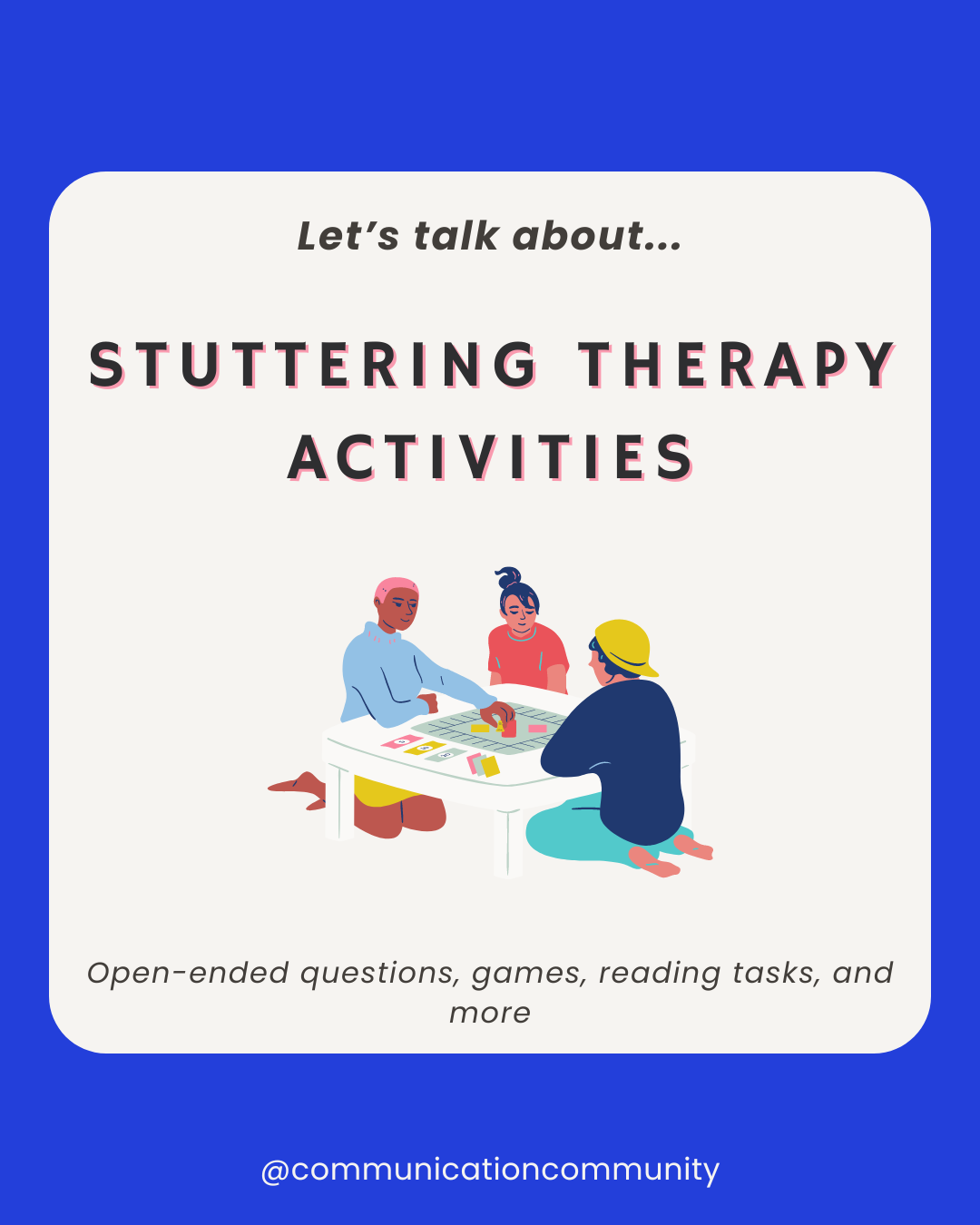
5 Stuttering Therapy Activities
Activities for stuttering therapy can include open-ended questions, games, reading tasks, and more! Read about how we structure sessions with individuals of all ages.


Activities for stuttering therapy can include open-ended questions, games, reading tasks, and more! Read about how we structure sessions with individuals of all ages.
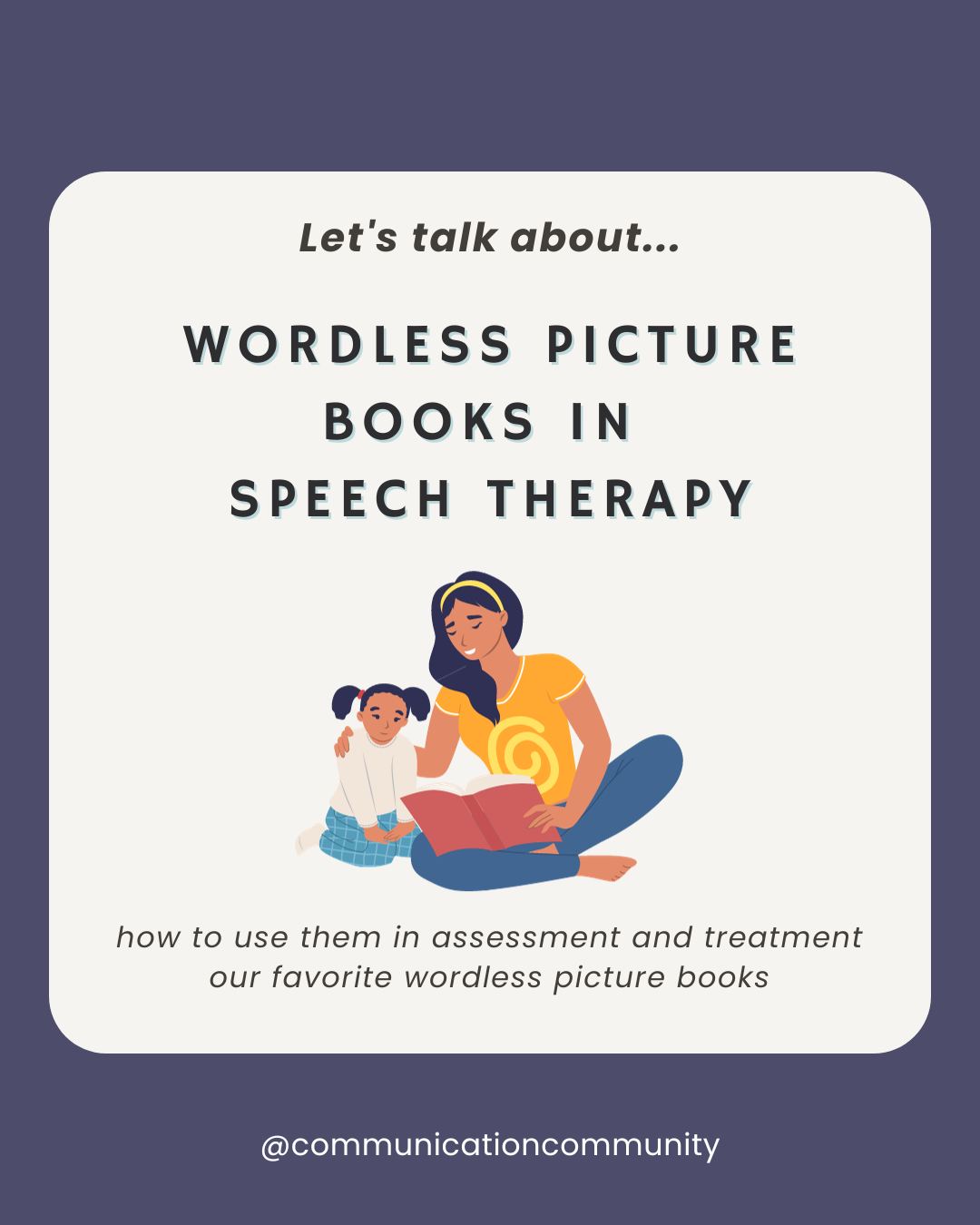
Wordless picture books can support language development by facilitating opportunities for sentence expansion, vocabulary use, and making inferences. Speech-language pathologists (SLPs) often use these educational tools in treatment sessions and as part of evaluations.
![How to Write Neurodiversity-Affirming Speech Therapy Goals [with goal bank]](https://www.communicationcommunity.com/content/images/2023/12/How-to-Write-ND-Goals---ghost-cover.png)
Neurodiversity-affirming speech goals should include language and communication strategies that respect and acknowledge the diverse ways in which people think, learn, and communicate. This article discusses considerations when writing goals and includes complete goal examples.
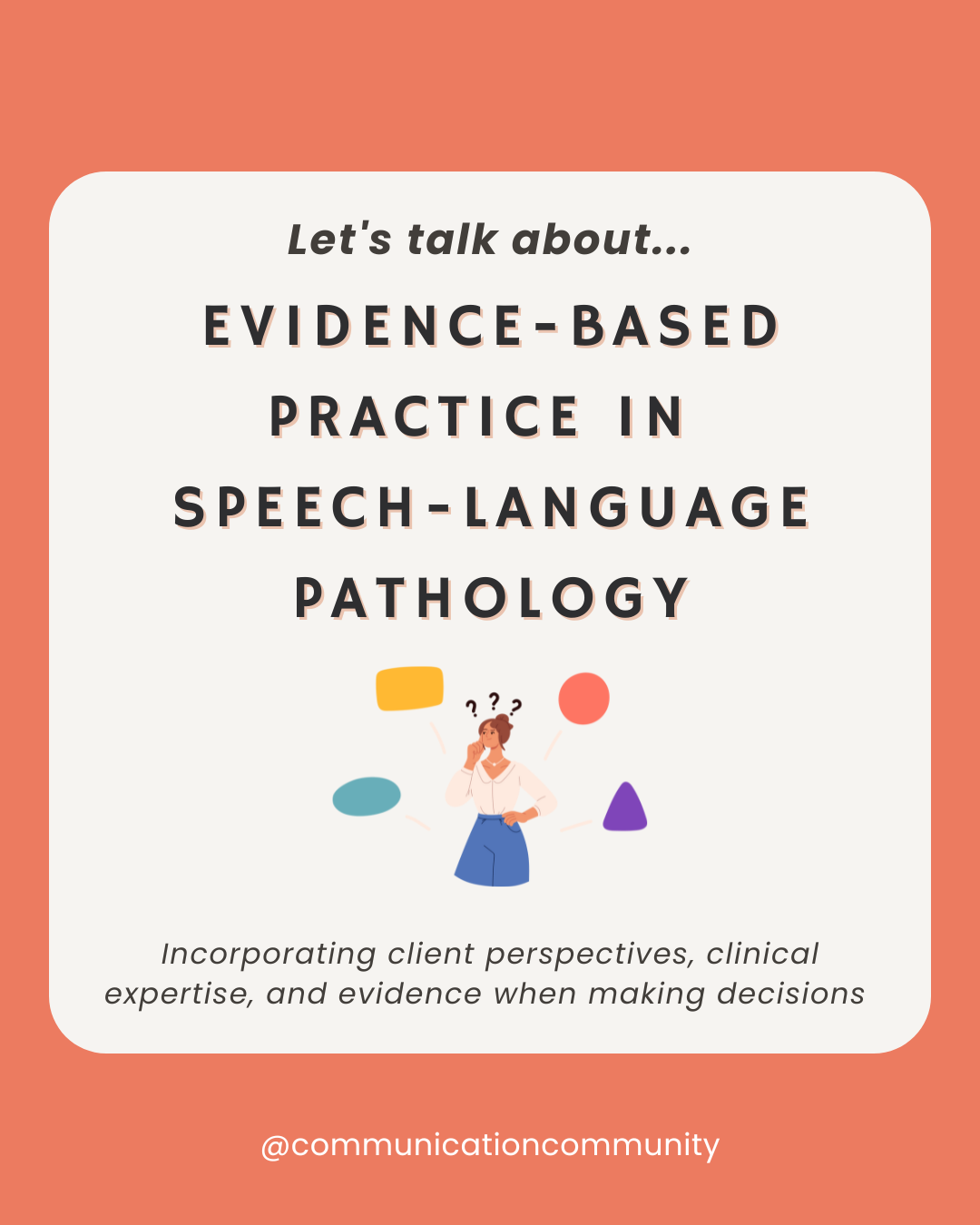
Evidence-based practice in speech-language pathology is vital for effective practice. It involves three main parts: client perspectives, clinical expertise, and evidence (internal and external). In this article, we will dive into each of these areas.
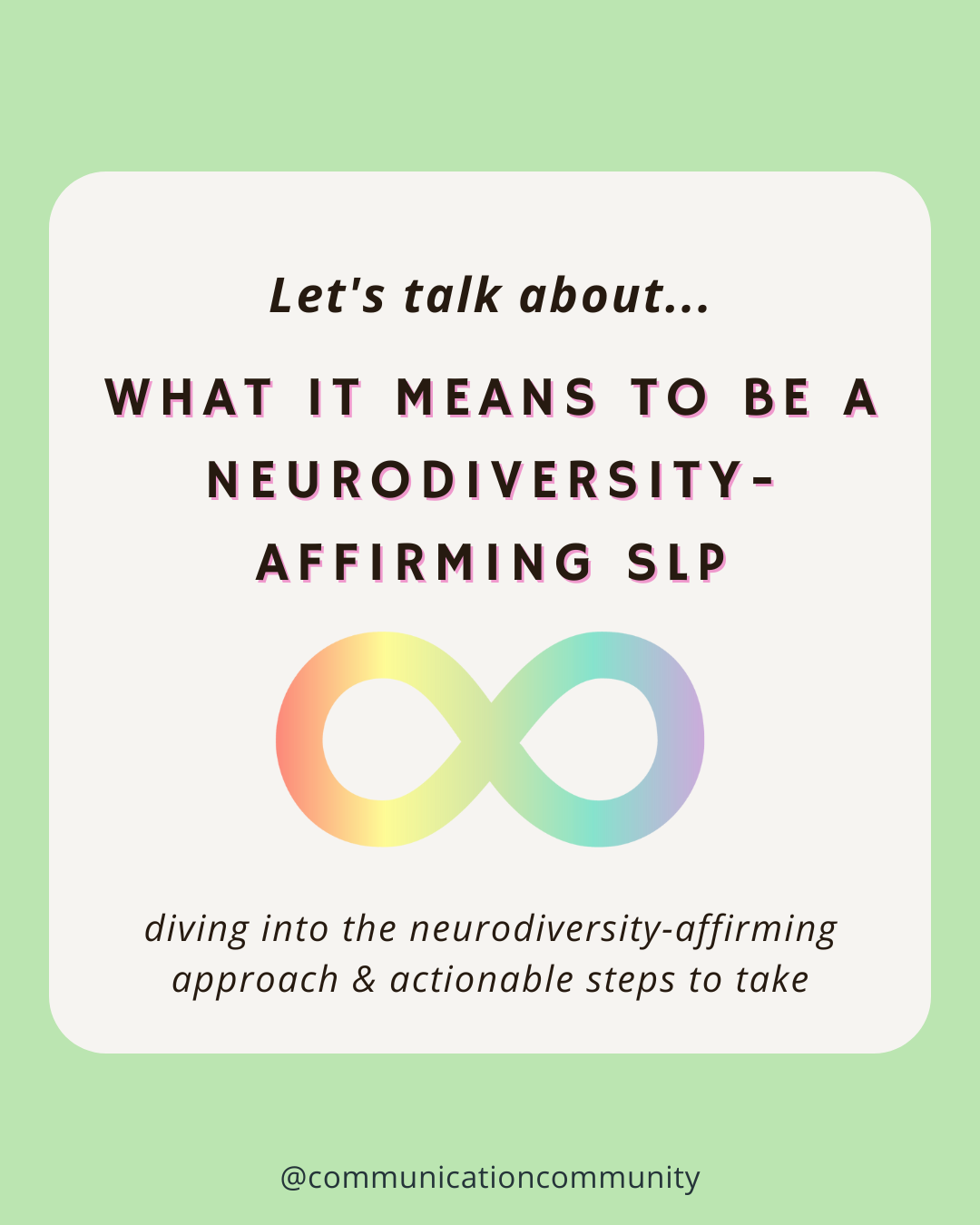
Neurodiversity and neurodiversity-affirming approaches continue to be an important topic in the speech-language pathology (SLP) community. This article covers what this approach entails and the actionable steps you can take to become a more neurodiversity-affirming therapist.
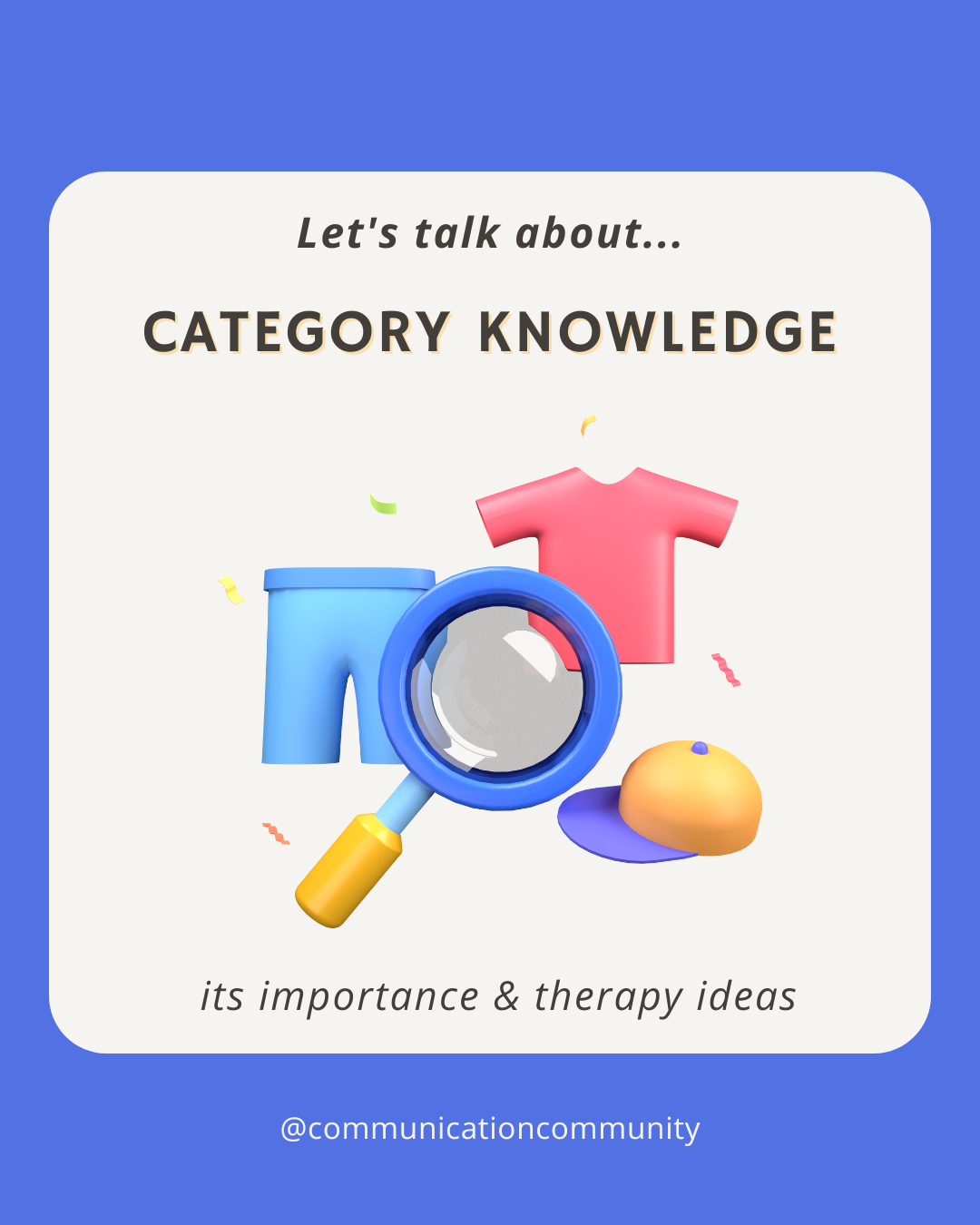
Categories in speech therapy are commonly targeted as they are one aspect of vocabulary development, which is often an area of need for individuals with receptive and/or expressive language delays or disorders.
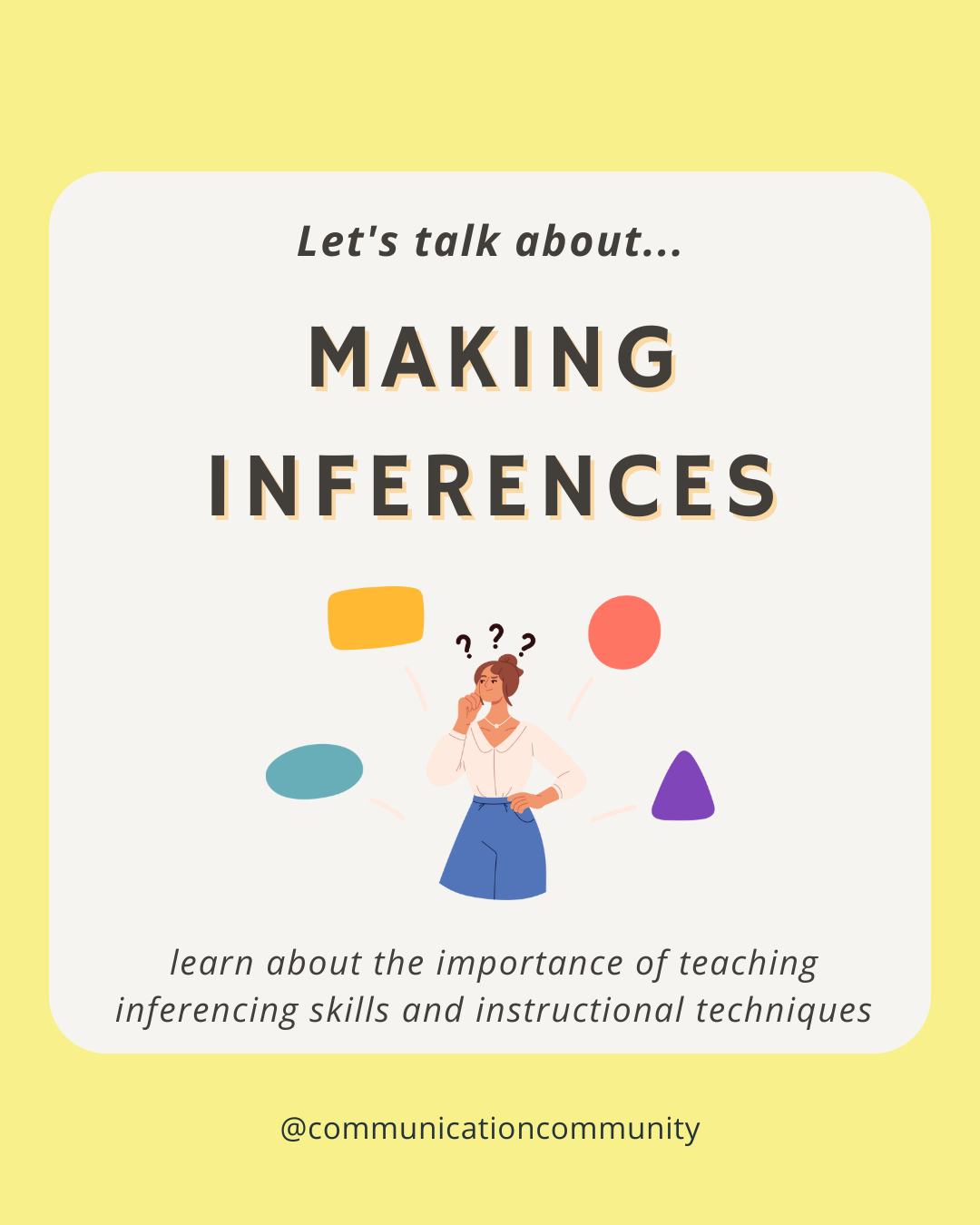
FREE making inferences worksheet included in this post! Read for more information about strategies for teaching and targeting inferences in speech therapy sessions or the classroom.
